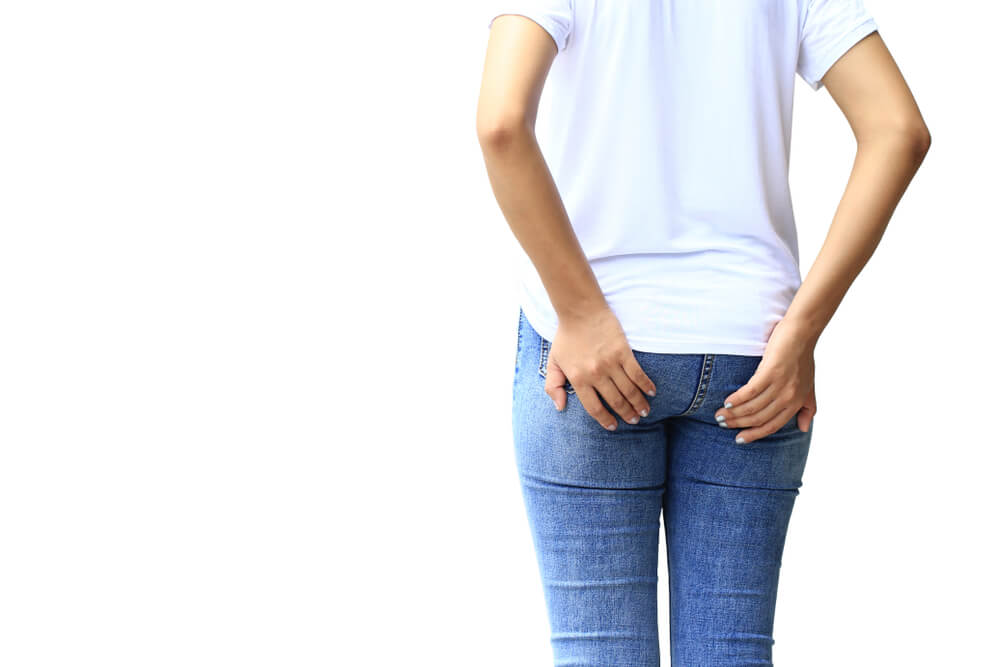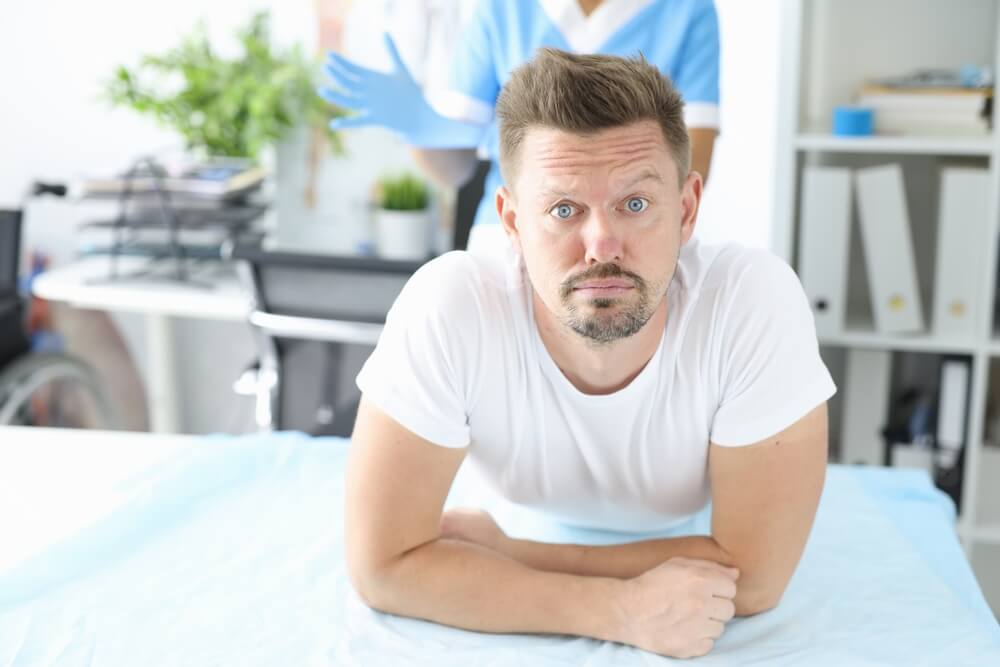Pilonidal cysts are a common but often misunderstood condition that can cause discomfort and concern for those affected. Many people wonder if these cysts can resolve on their own or if medical intervention is necessary. In this article, Advanced Surgical Physicians experts will explore the nature of pilonidal cysts, their causes, symptoms, and, most importantly, whether they can go away without medical treatment.
What Is a Pilonidal Cyst?
To understand whether a pilonidal cyst can go away on its own, it’s essential to grasp what a pilonidal cyst is first. A pilonidal cyst is a pocket or sac filled with hair and skin debris that forms at the top of the buttocks, near the tailbone. This condition occurs when hair follicles become blocked, leading to the accumulation of hair, dirt, and other debris beneath the skin’s surface.
Pilonidal cysts can vary in size and may develop into painful abscesses or chronic infections if left untreated. Understanding the causes and symptoms is crucial in determining whether they can resolve without medical intervention.
Causes of Pilonidal Cysts
- Hair Follicle Blockage: Pilonidal cysts often begin with hair follicles becoming blocked. Hair, dead skin cells, and debris can accumulate in the blocked follicles, leading to the formation of a cyst.
- Friction and Pressure: The location of pilonidal cysts, at the top of the buttocks, can be subject to friction and pressure when sitting or wearing tight clothing. This constant irritation can contribute to the development of cysts.
- Excessive Hair Growth: Individuals with a lot of body hair or coarse hair may be more prone to pilonidal cysts, as their hair is more likely to penetrate the skin and lead to blockages.
- Obesity: Being overweight can increase the risk of developing pilonidal cysts, as excess weight can create more pressure and friction in the affected area.
Symptoms of Pilonidal Cysts
Before we explore whether pilonidal cysts can go away on their own, let’s discuss the common symptoms that accompany this condition. Recognizing these symptoms can help you seek appropriate care if needed:
- Pain: Pilonidal cysts can cause significant pain, especially when sitting or moving.
- Swelling: The affected area may become swollen and tender to the touch.
- Redness: The skin over the cyst may appear red and inflamed.
- Drainage: In some cases, pilonidal cysts can drain pus or other fluids, leading to foul-smelling discharge.
- Fever: If the cyst becomes infected, it may cause a fever and other signs of infection.

Can a Pilonidal Cyst Go Away on Its Own?
Now, let’s address the burning question: can a pilonidal cyst go away on its own? The answer to this question depends on several factors, including the severity of the cyst and individual circumstances.
- Mild Cases: In some mild cases, especially when the cyst is small and not causing significant pain or discomfort, it may resolve on its own. Proper hygiene and keeping the area clean can help promote natural healing. However, it’s crucial to monitor the cyst and seek medical attention if it worsens or doesn’t improve.
- Moderate to Severe Cases: Most pilonidal cysts do not go away on their own, especially when they become chronic pilonidal disease. Chronic pilonidal disease refers to recurrent or persistent cysts that continue to cause pain and discomfort. These cysts typically require medical intervention, which may include drainage, antibiotics, or surgery.
- Infection: If the cyst becomes infected, it is unlikely to resolve without treatment. Infection can lead to the worsening of symptoms and potentially severe complications if left untreated.
- Risk of Abscess: Pilonidal cysts can sometimes progress to abscesses, which are pockets of pus that require drainage and antibiotics. Abscesses rarely go away on their own and require prompt medical attention.
- Lifestyle Factors: Your lifestyle can also play a significant role in whether a pilonidal cyst goes away on its own. Avoiding activities that put excess pressure on the cyst, maintaining good hygiene, and wearing loose-fitting clothing can help in mild cases.
How Long Do Pilonidal Cysts Last?
The duration of pilonidal cysts can vary widely based on individual factors and the severity of the condition. Here are some general guidelines regarding how long pilonidal cysts may last:
- Acute Cysts: Acute pilonidal cysts, which are typically the first occurrence, may resolve within a few weeks with proper care. This includes keeping the area clean, using warm compresses, and avoiding activities that aggravate the cyst.
- Chronic Pilonidal Disease: Chronic pilonidal disease refers to recurring or persistent cysts. These can last for months or even years without treatment, and they are unlikely to go away on their own.
- Complicated Cases: Pilonidal cysts that become infected or develop into abscesses will not go away on their own and require immediate medical attention.
Risk Factors and Prevention
Understanding the risk factors associated with pilonidal cysts can help individuals take proactive steps to prevent their development. As mentioned earlier, obesity, excessive hair growth, and friction are contributing factors. Therefore, maintaining a healthy weight, practicing good hygiene, and avoiding tight-fitting clothing can reduce the risk of pilonidal cysts. Additionally, some people may have a genetic predisposition to this condition, so being aware of your family’s medical history can be beneficial.
Seeking Medical Evaluation
If you suspect you have a pilonidal cyst or are experiencing symptoms such as pain, swelling, or drainage, it’s essential to seek medical evaluation promptly. Delaying treatment can lead to the progression of the cyst and may increase the likelihood of complications. A healthcare professional can assess the severity of the cyst, provide appropriate treatment options, and offer guidance on managing symptoms at home.

Treatment Options
The treatment of pilonidal cysts varies depending on their size, severity, and whether they are infected or not. Here are some common treatment options:
- Incision and Drainage: For acute cysts, a healthcare provider may perform a simple procedure to drain the cyst, relieving pain and promoting healing. This is often done in cases of abscess formation as well.
- Antibiotics: If the cyst is infected, antibiotics may be prescribed to control the infection. However, antibiotics alone are not a definitive solution for pilonidal cysts and are typically used in conjunction with other treatments.
- Surgical Excision: In cases of chronic or recurring pilonidal cysts, surgical excision may be recommended. This particular pilonidal disease treatment involves removing the entire cyst and affected tissue. While surgery carries some risks, it is often the most effective way to prevent the recurrence of cysts.
- Laser and Radiological Treatments: Some advanced medical centers offer laser therapy or radiological treatments as alternatives to traditional surgery for specific cases of pilonidal cysts. These treatments can be less invasive and result in shorter recovery times.
Recovery and Follow-Up
Following treatment, it’s crucial to adhere to your healthcare provider’s post-operative instructions. This may include wound care, keeping the area clean, and avoiding activities that could irritate the surgical site. Regular follow-up appointments with your healthcare provider are essential to monitor the healing process and address any concerns promptly.
To Conclude
While some mild cases of pilonidal cysts may resolve on their own with proper hygiene and care, most cases, especially chronic pilonidal disease and those with complications, require medical intervention. It’s crucial not to ignore the symptoms and seek medical advice promptly to prevent further complications. If you suspect you have a pilonidal cyst or are experiencing any of the associated symptoms, consult a healthcare professional for proper evaluation and treatment. You can always count on Dr. Eldredge for that. Your health and comfort should always be a top priority.
This blog is for informational purposes only. If symptoms do not resolve or if they return, seek medical attention as soon as possible at your primary care physician or with our office.


